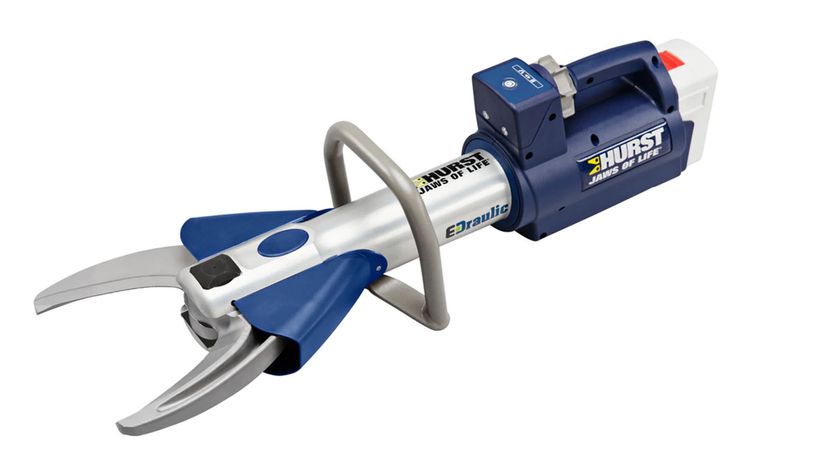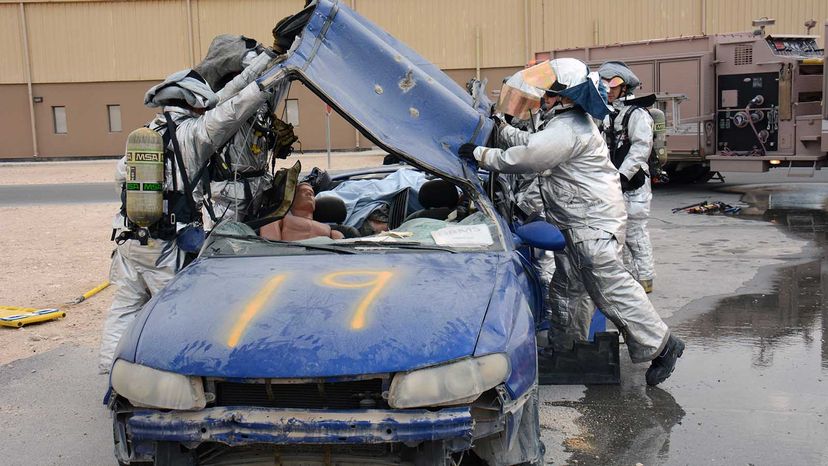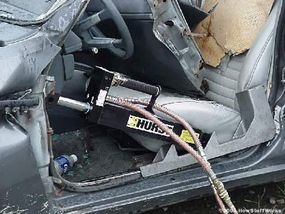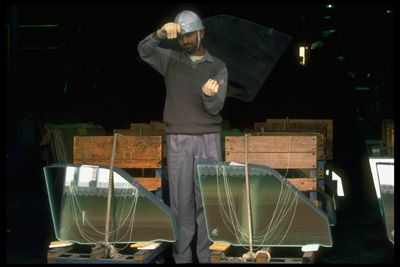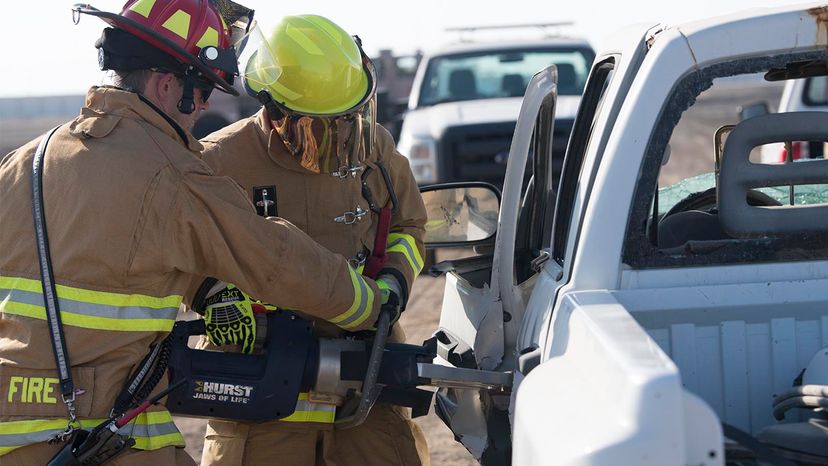
Key Takeaways
- The Jaws of Life refers to hydraulic rescue tools, including spreaders, cutters and rams, used primarily to extricate crash victims from vehicles.
- These tools function by exerting great force through hydraulic systems, which are capable of cutting through metal, and prying apart heavy objects to create escape routes.
- The devices are crucial in emergency rescue situations, operating on various power sources such as gasoline, electricity or pneumatics to accommodate different rescue scenarios.
Driving down the interstate, you reach down to grab your cellphone that fell to the passenger-side floorboard. In an instant, you inadvertently swerve onto the shoulder of the road, and your car flips as you attempt to regain control. When your car comes to rest, you've got a broken leg, your car is upside down and you're pinned underneath the dashboard. In this type of situation, rescue workers will use a set of tools commonly called the "Jaws of Life" to cut away the car and get you out.
The term "Jaws of Life" refers to several types of piston-rod hydraulic tools known as cutters, spreaders and rams that are used to pry open vehicles involved in accidents when a victim may be trapped.
Advertisement
During emergencies, when a few wasted seconds can cost lives, the Jaws of Life are brought in to remove victims from the crashed vehicle. These devices are also used to extricate victims from collapsed concrete and steel structures after earthquakes. In this article, you will learn how these simple hydraulic systems work, the purpose of each device and how they're powered.
Advertisement
